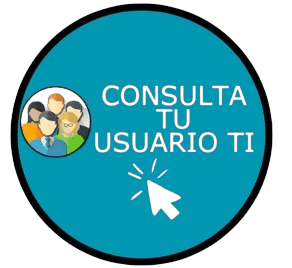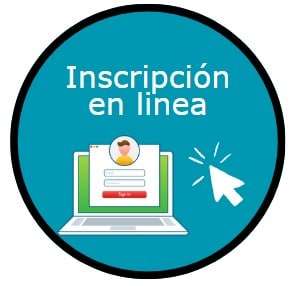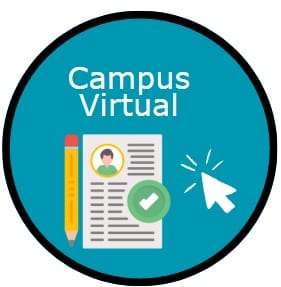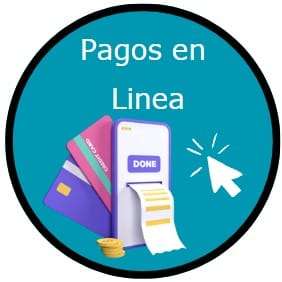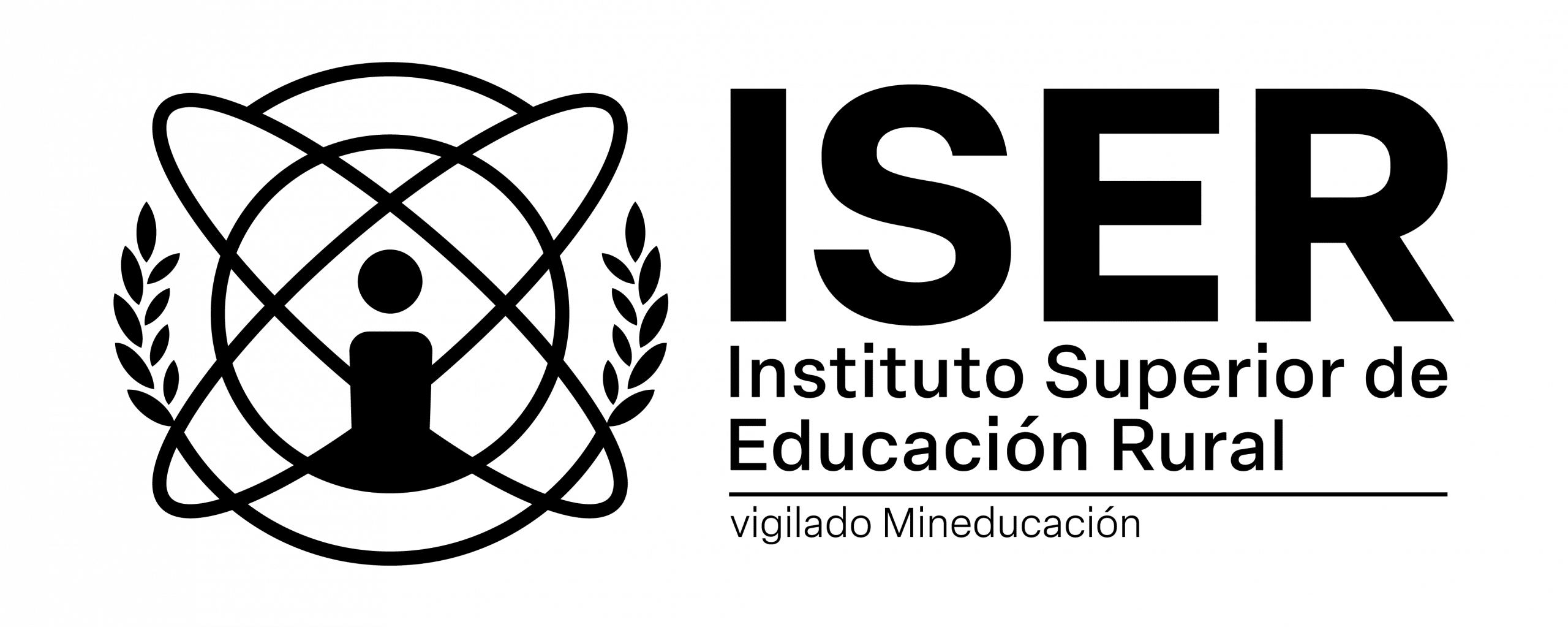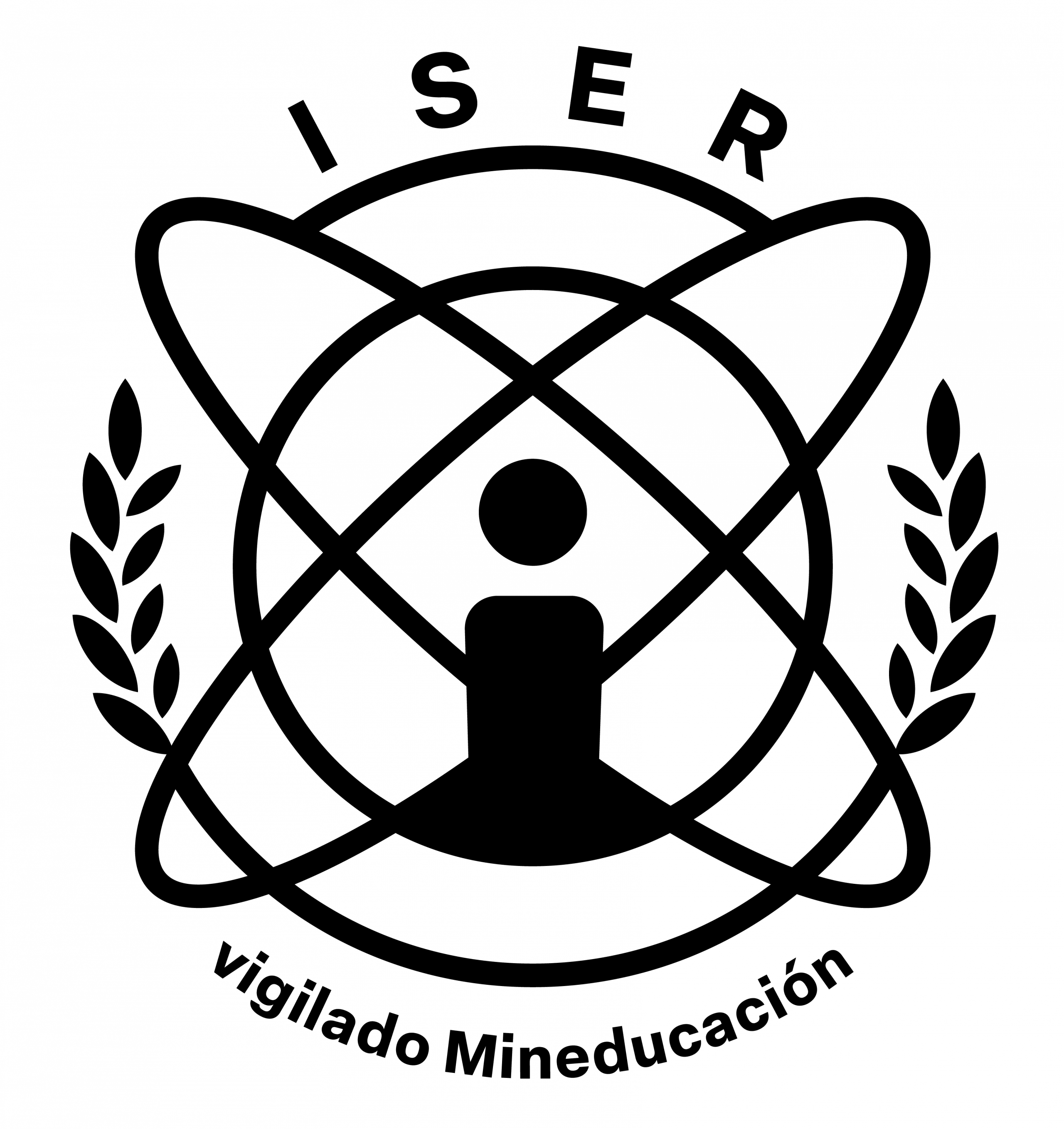Tecnología en Procesos Agroindustriales – Distancia
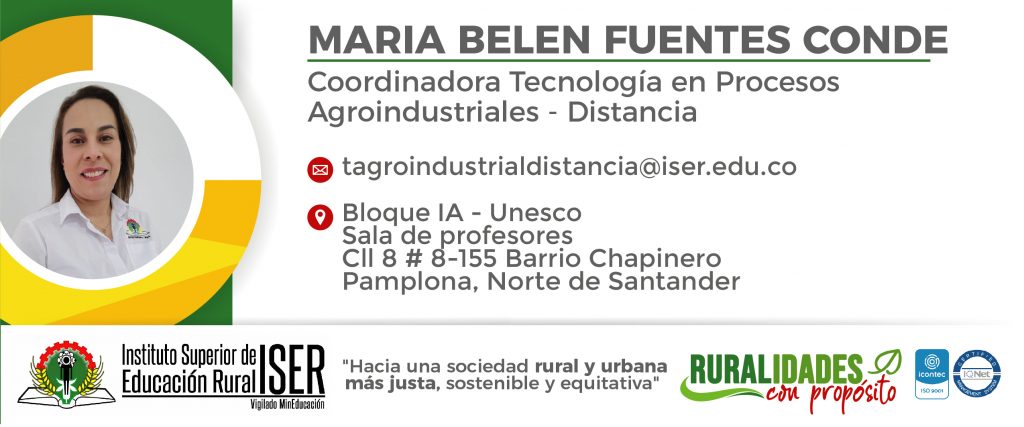
Inscripción en Línea Estudiantes Nuevos
Código SNIES: 104261
Resolución 005267 del 07 de abril de 2022 “Por medio de la cual se resuelve la solicitud de renovación y modificación del registro calificado para el programa de TECNOLOGÍA EN PROCESOS AGROINDUSTRIALES del INSTITUTO SUPERIOR DE EDUCACIÓN RURAL – ISER, en modalidad PRESENCIAL, en PAMPLONA – NORTE DE SANTANDER”
Plan de Estudios 2022
Nombre del Programa: Tecnología en Procesos Agroindustriales
Título que Otorga: Tecnólogo en Procesos Agroindustriales
Duración: 6 (seis) Semestres
Lugar de Desarrollo: Pamplona, Norte de Santander
Modalidad: Presencial y a Distancia
Tipo de Formación: Tecnológica
Número de Créditos Académicos: 94 (noventa y cuatro)
Costo de Matrícula: 1 SMMLV
Misión
Formar un Tecnólogo capaz de planear, dirigir y promover el conjunto actividades relacionadas con la producción, transformación y distribución de los productos agroindustriales, diseñando, aplicando y evaluando los procesos tecnológicos, que permitan la transformación adecuada de los productos; generando la puesta en marcha de empresas que propicien el desarrollo socio-económico y sostenible de la región.
Visión
El Instituto Superior de Educación Rural – ISER de Pamplona será el primer Instituto Tecnológico De Educación Superior más reconocido por sus procesos de formación académica en el país.
Perfil Profesional
El Tecnólogo Agroindustrial del ISER se capacita en forma integral, humanística y técnica en tener competencias en el área de manejo de materias primas agroindustriales de modo que pueda ser un factor de cambio que asesore e implemente estrategias de producción, mercadeo y conservación de productos agropecuarios en busca de una mayor productividad y generación de ingresos a las unidades de producción y estará capacitado para:
Orienta, Gestiona y Desarrolla el conjunto de actividades relacionadas con la producción, transformación y distribución de los productos agroindustriales
Diseñar, Aplicar soluciones y evaluar procesos tecnológicos de producción que permitan la transformación adecuada de los productos agropecuarios.
Participar interdisciplinariamente coordinando, Gestionando y ejecutando la formulación y evaluación de proyectos agroindustriales que propicien en el desarrollo socioeconómico de la región.
Perfil Ocupacional
La orientación y el desarrollo del plan de estudios, le proporcionarán al TECNOLOGO AGROINDUSTRIAL, los conocimientos teórico-prácticos, además de las habilidades y destrezas necesarias que se requieren para laborar en todas las entidades y unidades agroindustriales privadas y oficiales del orden nacional e internacional, estará en capacidad de desempeñarse como:
Gestor, creador y gerente de su propia empresa.
Coordinador y supervisor de proyectos en producción Agro-Industrial (alimenticia y no alimenticia).
Fundador y promotor de empresas del sector solidario que tengan que ver con procesamiento, transformación y mercadeo en el área de su estudio.
Brindando apoyo en todo tipo de empresas agroindustriales, a los profesionales en áreas de procesamiento, control de calidad y mercadeo
Ejecuta, Coordina y Gerencia, adapta y selecciona procesos, plantas y productos agroindustriales en diferentes niveles de transformación, desde la producción hasta el final de la cadena agroindustrial.
Desarrolla y diversifica productos de acuerdo con las exigencias del mercado, nacional o internacional.
Determina la factibilidad técnica, económica, social y ambiental de proyectos agroindustriales.
Genera y adapta la tecnología con respecto al beneficio y manejo de especies promisorias y a la normalización, certificación, calidad, metodología y reducción de pérdidas de materias primas y productos derivados de recursos agrícolas, pecuarios y pesqueros.
Estudia sistemas de aprovechamiento de materias primas, productos y coproductos de los procesos y plantas dentro del concepto de sostenibilidad y amabilidad con el medio ambiente.
